The grey-shanked douc langur, Pygathrix cinerea, found in Vietnam. In Asia, more than 70% of primates are classified on the IUCN red list as vulnerable, endangered or critically endangered and in both Vietnam and Cambodia, approximately 90% of primate species are considered at risk of extinction
Photograph: Tilo Nadler/Conservation International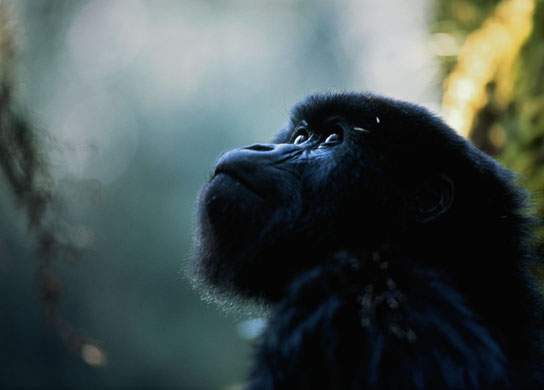
Adolescent mountain gorilla (Gorilla gorilla beringei). The scientists also came close to downlisting the mountain gorilla to endangered following population increases in their forest habitat that spans the borders of Rwanda, Uganda and Democratic Republic of Congo. However, political turmoil in the region and an incident in which eight animals were killed in 2007 led to the decision to delay the planned reclassification
Photograph: Manoj Shah /Getty Images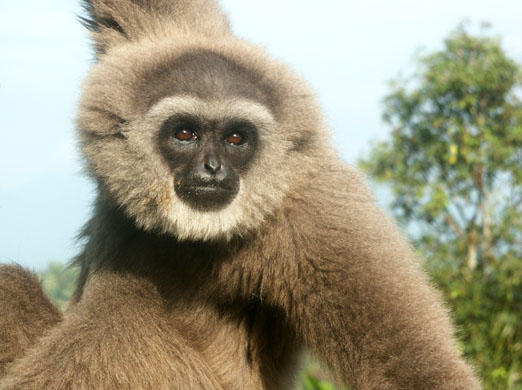
The fortunes of the Javan gibbon, Hylobates moloch, found in Indonesia, have improved, and it has been moved from critically endangered to endangered
Photograph: Sunarto/Conservation InternationalThere was some good news for primates: conservation efforts in Brazil have helped targeted species like this golden lion tamarin (Leontopithecus rosalia) to recover, and their status has been upgraded from critically endangered to endangered
Photograph: Anup Shah /Getty ImagesKirk's red colobus, Procolobus kirkii. In Africa, 11 of the 13 species of red colobus monkeys assessed were listed as critically endangered or endangered. Two may already be extinct: Bouvier’s red colobus (Procolobus pennantii bouvieri) has not been seen in 25 years, and no living Miss Waldron’s red colobus (Procolobus badius waldroni) has been seen by a primatologist since 1978, despite occasional reports that some still survive
Photograph: Tom Struhsaker/Conservation InternationalThe Qinling golden snub-nosed monkey, Rhinopithecus roxellana qinlingensis, found in China, has been reclassified from vulnerable to endangered. Habitat destruction, through the burning and clearing of tropical forests, is a major threat to primates. Other threats include the hunting of primates for food and an illegal wildlife trade
Photograph: Russell A. Mittermeier/Conservation InternationalThe Qinling golden snub-nosed monkey, Rhinopithecus roxellana qinlingensis, found in China, has been reclassified from vulnerable to endangered. Habitat destruction, through the burning and clearing of tropical forests, is a major threat to primates. Other threats include the hunting of primates for food and an illegal wildlife trade
Yellow cheeked crested gibbon, Nomascus gabriellae, upgraded from vulnerable to endangered level of threat. In south-east Asia, populations of gibbons, leaf monkeys and langurs have dropped due to rapid habitat loss and hunting to satisfy the Chinese medicine and pet trade

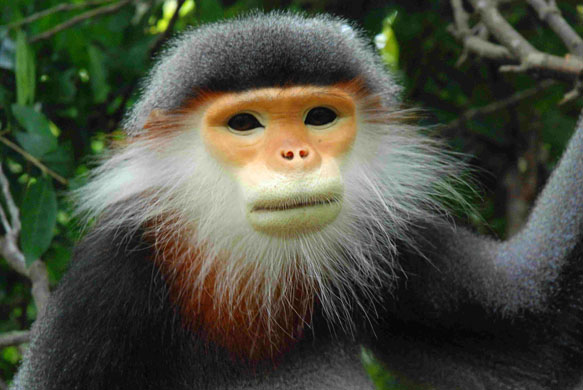
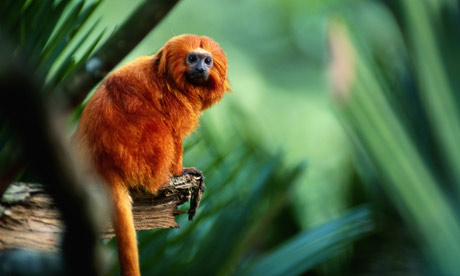
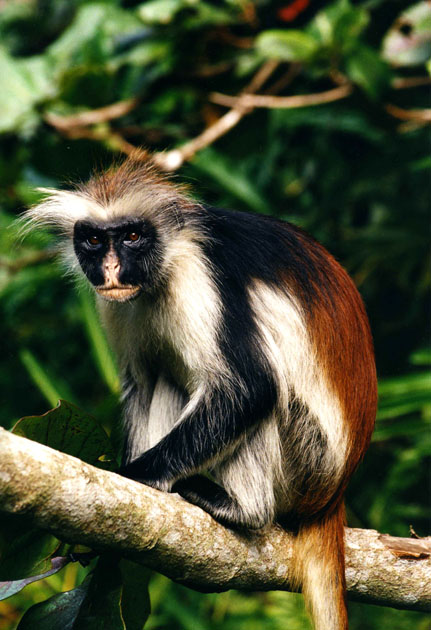
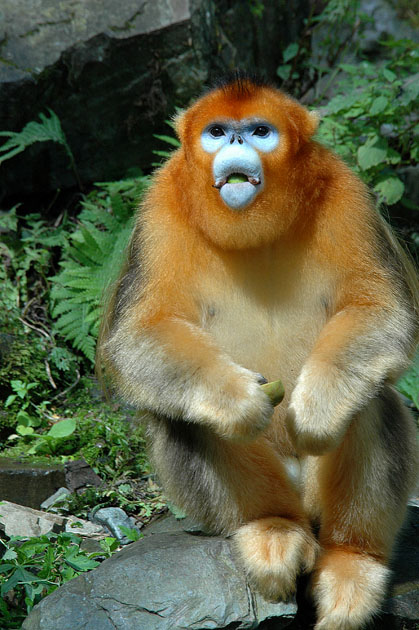
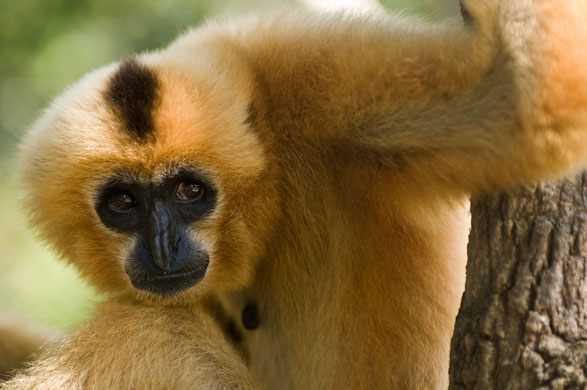
No comments:
Post a Comment